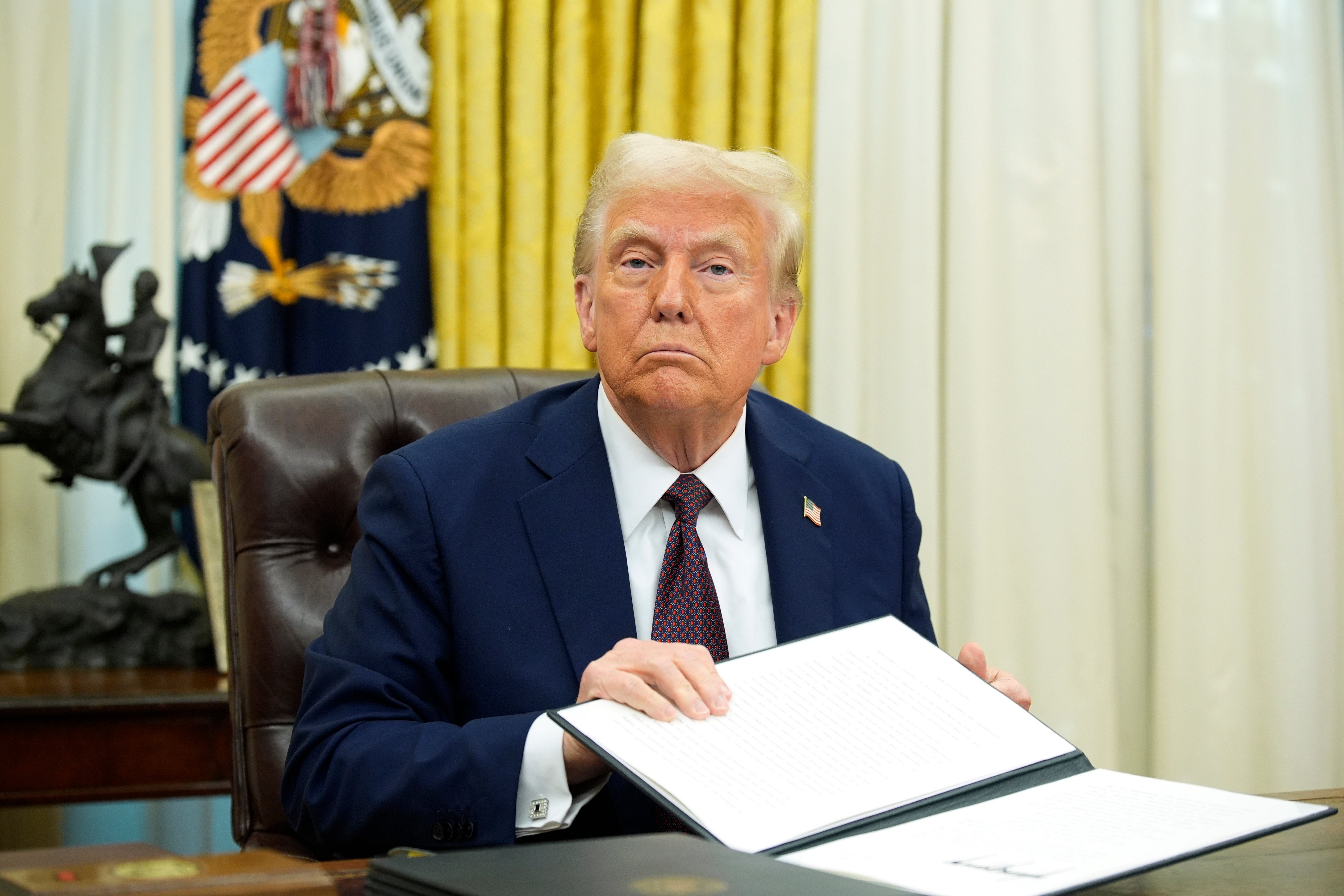In keeping with his promise to end diversity, equity and inclusion programs, President Donald Trump signed an executive order on Tuesday that prohibits the the use of affirmative action or other diversity measures as well as revoked a batch of decades-old policies that protect federal employees from discrimination
The order “Ending Illegal Discrimination and Restoring Merit-Based Opportunity” rescinds guidance dating back to former president Lyndon Johnson’s administration that intended to protect and strengthen protections for federal workers.
Trump claimed it was necessary to backpedal DEI programs because they are “dangerous, demeaning, and immoral”.

It is a position that he and many Republicans have taken over the last few years, believing that DEI policies unfairly disadvantage people in majority groups.
Many of the orders that Trump rescinded bolster the Equal Employment Opportunity Act of 1972 – which prohibits workplace discrimination based on race, color, national origin, sex, religion age, disability and marital or family status.
However, Trump’s order did not rescind the act itself.
What is the Equal Employment Opportunity Act?
The act was a law passed by Congress and signed by former president Richard Nixon in 1972 that intended to expand protections against employment discrimination under the Civil Rights Act of 1964.
It requires employers to make reasonable accommodations for their employees’ religious practices. It also empowers the Equal Employment Opportunity Commission to hold individuals, employers or labor unions who violate it.
Trump cannot revoke the Equal Employment Opportunity Act because it is a law passed by Congress. Executive orders are issued in accordance with laws already passed and must follow the U.S. Constitution. While they are enforced with the same power as a law, executive orders are not new laws.
What diversity-related executive orders did Trump revoke?
Most notably, Trump rescinded Executive Order 11246, signed by Johnson in 1965, which directed the government to use “affirmative action” and non-discriminatory practices in hiring and employing federal workers and contractors.
That includes prohibiting federal contractors from discriminating based on race, color, religion, sex, sexual orientation, gender identity or national origin. However, federal contractors may comply with it for 90 days after January 20.
Trump also revoked an executive order signed by former president Bill Clinton in 1994 that directed federal agencies to focus on environmental and human health effects on minority and low-income communities.
Another one, signed by former president Barack Obama in 2011, directed federal agencies to come up with and update a diversity and inclusion plan every four years.
He also rescinded a memorandum, issued by Obama in 2016, which provided guidance to the national security workforce on strengthening diversity within each organization
Trump revoked several executive orders that were issued to strengthen or expand the Equal Employment Opportunity Act.
One, issued by Nixon in 1969, prohibited discrimination in the competitive services branch of the federal workforce – this includes most civil servants within the executive branch with some exceptions such as the cabinet.
Another signed by Obama in 2014, expanded protections against discrimination based on gender and sexual orientation.

